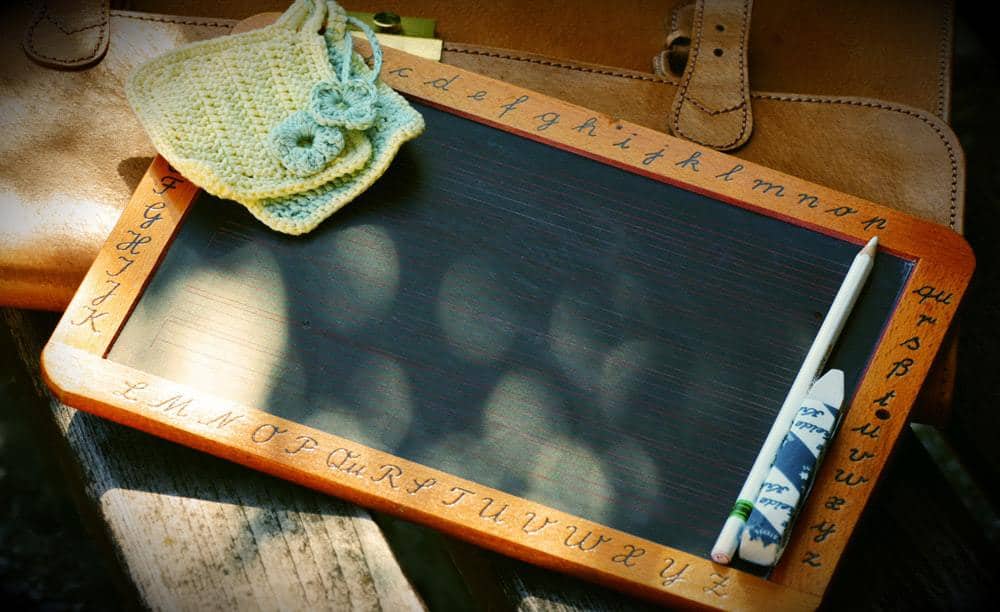I remember when I was a little girl, my grandparents would bring me books every week. My grandmother was a teacher, and I lived with them for long periods of time. During the summers, Nanny would bring home piles of books, and I would work my way through them. I remember sitting outside under the redbud tree and reading all afternoon, and I had such a rich and vivid internal life. I still played with other kids and got into trouble, but books were my first love. It helped make me who and what I am: a very literate person who knows a lot of stuff. I also think that by reading so many types of literature that I gained a lot of perspective, and didn’t develop so many of the ignorant prejudices that dog our kids.
If you want a child who has a great imagination, whose intelligence is stimulated, who has a real perspective on the world, encourage them to read! Studies show that a child that reads more does better in school, and they tend to succeed more in life. How do you encourage a child to read? It’s simpler than you may think.
- Be an example. Your kids won’t read if you they don’t see you reading. Make sure they know you enjoy reading; keep books around the house, and talk about them with your partner, or with them.
- Before you see a movie made from a book, read the book to or with them. They’ll see HOW much better the book always is, compared to the movie.
- Read WITH them, not always to them, once they get older. I have read all the Harry Potter, Eragon, Chronicles of Narnia, Percy Jackson and the Olympians, and others with my daughter. At first, I read, but now that she’s older, we take turns reading pages or entire chapters. This really encourages reading and other skills, such as public speaking (even though it’s just you) and how to read dramatically.
- Start early. I read to my kids before they were born, and then I had a steady supply of good books from my childhood ready for them (Dr. Seuss, Where the Wild Things Are, Richard Scarry’s books, etc.). Once they’re older, let them pick them out. Make a trip to the bookstore or library a fun trip.
- Get involved with reading in your community: book clubs, storytime at the library or local bookstore, etc. Volunteer at the library or bookmobile.
- Start encouraging them to think about what they’re reading by asking questions about the books. Ask them to explain the plot, or what they like/dislike about the main character. How would they have done things differently? What was their favorite part? Little kids can draw pictures. Older kids can be encouraged to write their own “fan fiction”, which can continue the story in their own words, or cover things they don’t think the author covered sufficiently. You might end up with your own little author!
- Treat books well. Make sure they have their own shelf, that they don’t get thrown around and abused. If kids treat books with respect, they’ll respect reading more.
- Be diverse. Just because your daughter is a girl, it doesn’t mean she only needs to read romances! Encourage all kids to read fantasy, sci-fi, biographies, etc. Also, encourage the classics that they may not get at school, and explain the things they don’t understand.
- It may sound like a bummer, but during summer months and holidays, try out a reading quota. Make sure they can pick some of the books, but you get to pick the others. There is a reason schools used to assign summer reading lists: it keeps the brain from turning to mush between sessions! It doesn’t have to be a chore.
- If your kid gets carsick when they read, let them listen to audiobooks. Otherwise, get them an e-reader, or an e-reader app for their mobile. You’re never going to get rid of this form of reading, it’s here to stay, so you might as well go with the flow. Reading on an e-reader is better than no reading at all, right?






